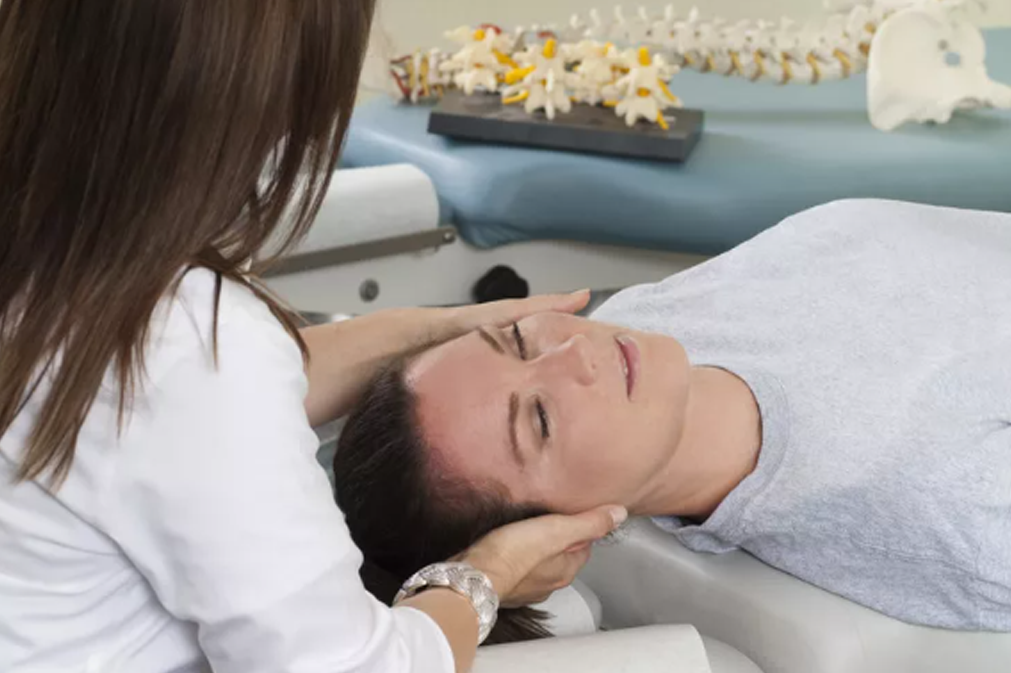Mixed-Methods Research in a Complex Multisite Veterans Affairs’ Health Services Study
SOURCE: Evid Based Complement Alternat Med. 2013: 701280
Raheleh Khorsan, Angela B. Cohen, Anthony J. Lisi,
Monica M. Smith, Deborah Delevan, Courtney Armstrong,
and Brian S. Mittman
VA Center for Implementation Practice and Research Support,
VA Greater Los Angeles Healthcare System,
16111 Plummer Street,
Sepulveda, Los Angeles, CA 91343, USA
Maximizing the quality and benefits of newly established chiropractic services represents an important policy and practice goal for the US Department of Veterans Affairs’ healthcare system. Understanding the implementation process and characteristics of new chiropractic clinics and the determinants and consequences of these processes and characteristics is a critical first step in guiding quality improvement. This paper reports insights and lessons learned regarding the successful application of mixed methods research approaches-insights derived from a study of chiropractic clinic implementation and characteristics, Variations in the Implementation and Characteristics of Chiropractic Services in VA (VICCS). Challenges and solutions are presented in areas ranging from selection and recruitment of sites and participants to the collection and analysis of varied data sources. The VICCS study illustrates the importance of several factors in successful mixed-methods approaches, including (1) the importance of a formal, fully developed logic model to identify and link data sources, variables, and outcomes of interest to the study’s analysis plan and its data collection instruments and codebook and (2) ensuring that data collection methods, including mixed-methods, match study aims. Overall, successful application of a mixed-methods approach requires careful planning, frequent trade-offs, and complex coding and analysis.
The Full-Text Article:
Introduction
There is growing consumer interest in complementary and alternative medicine (CAM) in the USA and internationally. [1-3] Healthcare systems have responded to this demand by offering a range of CAM services in outpatient and inpatient settings. [4, 5] Patients enrolled in the US Department of Veterans Affairs (VA) healthcare delivery system often use CAM services outside of VA but have a strong interest in receiving these services within the VA system. [6-11] In response, VA began providing selected in-house CAM services in about 2001. [12] VA’s most substantial undertaking in delivering any CAM-related service has been its introduction of chiropractic services.
There are more articles like this @ our:
Chiropractic care is often described as sitting at the crossroads of CAM and mainstream medicine [13], and its introduction into the VA healthcare system exemplifies that duality. In 1999, Congress directed VA to establish a policy regarding chiropractic services for musculoskeletal conditions (Public Law 106–117). [14] Although specific action was not mandated, in response to this legislation, VA began providing limited access to chiropractic care by paying for services delivered outside the VA healthcare system. In 2001, Public Law 107–135 made chiropractic services part of the standard medical benefits available to all Veterans and required VA to deliver these services on-site by VA chiropractors at a minimum of one VA medical facility in each of VA’s 21 geographic regions (Veterans Integrated Service Networks or VISNs). [14, 15] This required the incorporation of a new provider type, doctors of chiropractic (DCs), into VA’s clinical and administrative policies and procedures.
Reade the rest of this Full Text article now!






Leave A Comment